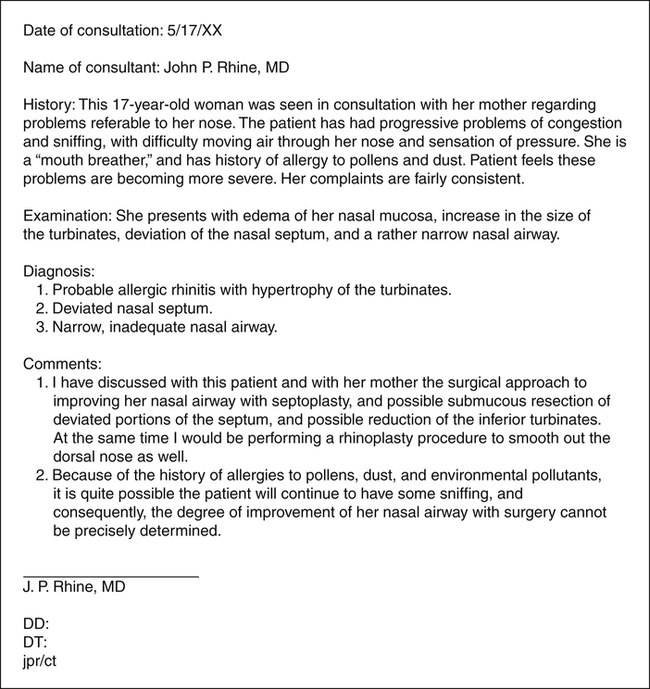On completion of this chapter, you will be able to: 1. Define the terms in the vocabulary list. 2. Write the meaning of the abbreviations in the abbreviations list. 3. List seven points of information that should be communicated to the consulting physician’s office when a consultation order is transcribed. 4. Explain the health unit coordinator (HUC) responsibilities regarding patient medical records from another facility (ordering, receiving, and scanning into a patient’s electronic medical record [EMR] or filing into paper chart). 5. Discuss the procedure for photocopying, sending, or faxing patient medical records. 6. Describe the role of the case manager, and identify the types of patients that would require a case manager. 7. Name at least eight services rendered by the social services department. 8. Describe the process the HUC would follow when scheduling an appointment for a patient to be kept after discharge. 9. List six tasks the health unit coordinator may have to perform when arranging for a patient to leave the hospital on a temporary pass. 10. List at least six miscellaneous orders that would require action by the HUC. 11. Explain the purpose of a parent teaching room or transition room on a pediatric unit. The attending physician of a patient may wish to obtain the opinion of another doctor (specialist or surgeon) regarding diagnosis and/or treatment. The request for another doctor’s opinion is written in the patient’s electronic medical record (EMR) or on the doctors’ order sheet by the patient’s attending doctor or by a hospitalist, or resident (at the attending doctor’s request); this is called a consultation order. The ordering doctor may specify that the consulting doctor is to consult only (write opinions and recommendations) or may also write orders. The following information should be communicated to the office of the consulting doctor: • Patient’s location (unit and room number) • Name of the doctor requesting the consultation • Urgency of consultation and any additional information provided on the order • Patient’s insurance information, located on the patient’s face sheet After interviewing and evaluating the patient, the consulting doctor will dictate his or her findings and recommendations. A hospital medical transcriptionist will then compile the consultation report and send it to the nursing unit, and the HUC will file the report in the patient’s chart (Fig. 18-1). When the EMR with CPOE is implemented, the physician will enter findings and recommendations directly into the patient’s EMR via computer. The consulting doctor will take a copy of the patient’s face sheet back to the office for billing purposes.
Miscellaneous Orders
Abbreviation
Meaning
Example of Usage on a Doctor’s Order Sheet
appt
appointment
Schedule an appt with dental clinic
DME
durable medical equipment
Contact DME supplier for hospital bed for home
DNR/DNI
do not resuscitate and do not intubate
DNR or DNI
NINP
no information, no publication
Pt requests NINP
Rx
treatment, therapy, prescription
Disch in a.m.  Rx
Rx
wk
week
Disch, F/U appt in my office in 1 wk

Consultation Orders
Background Information

Miscellaneous Orders
Get Clinical Tree app for offline access



